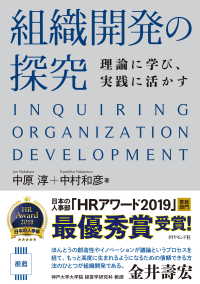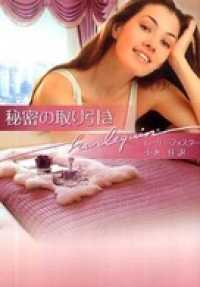- ホーム
- > 洋書
- > イタリア書
- > Arts & recreation
基本説明
Catalog of an exhibition held at the Hamburger Bahnhof - Nationalgalerie der Gegenwart, Berlin, Germany, October 27, 2023-April 28, 2024.
Full Description
The volume provides an insight into the work of the Korean artist Lee Ufan (born 1936, lives and works in Kamakura, Japan and Paris), one of the most important representatives of the Mono-ha school in Japan and the Dansaekhwa movement in Korea, which developed in parallel to other minimal art movements.
Lee's philosophical writings shaped the artists' collective Mono-ha (School of Things), which was active in Tokyo from 1968 to 1975. Mono-ha is one of the most influential styles of post-war art in Japan. In their sculptures and installations, the artists combined raw materials such as stones, branches or earth with industrial materials such as steel or glass. In the Dansaekhwa movement, Korean artists began to explore abstraction and materiality in the mid-1970s, especially in monochrome painting.
Text in English and German.
-

- 電子書籍
- 組織開発の探究 - 理論に学び、実践に…
-

- 電子書籍
- 秘密の取り引き ハーレクイン





